Engines are complex mechanical machines designed to operate under a specific set of parameters, and they require a steady flow of motor oil to operate properly and protect critical components from wear.
When temperatures drop, oil viscosity rises. That can be a problem for your engine, especially at startup in winter weather, because cold, thick oil can’t flow quickly to reach critical components, leaving them vulnerable to wear. As temperatures climb, viscosity falls, and the oil loses film strength and the ability to prevent metal-to-metal contact and wear. For these reasons, it’s critical that motor oil stays within a specified viscosity grade. Multigrade oils combine the properties of low-and high-viscosity oils, effectively maintaining viscosity over a wide temperature range.
Viscosity Ratings

The “W” in viscosity ratings stands for “winter” and represents the oil’s viscosity at low temperatures. W ratings reflect the dynamic viscosity at a specified low temperature in accordance with the SAE J300 specification.
The number following the W represents the oil’s viscosity at operating temperatures and is tested at 100°C (212°F).
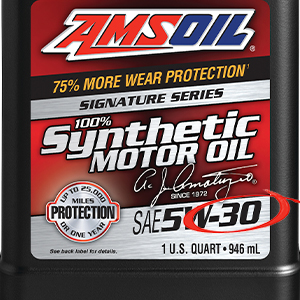
All-Season Protection
Prior to the introduction of multigrade oils, the method to maintain proper viscosity year-round was performing seasonal oil changes. Drivers used lower viscosities in the winter and higher viscosities in the summer. The chart below illustrates the difference between two monograde oils, SAE 30 and SAE 10W, versus a 10W-30 multigrade oil. As you can see, the SAE 30 oil is not in grade at low temperatures, but meets grade as temperatures rise. Conversely, the 10W oil performs within grade at low temperatures, but falls out of grade as temperatures rise. The 10W-30 multigrade oil provides the best of both worlds, staying in grade across a wide temperature range. This is why using multigrade oils eliminates the need for seasonal oil changes.
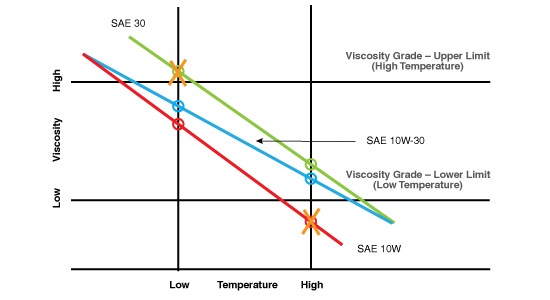
How it’s Made
Multigrade oils are made with a blend of base oils and additives, notably viscosity modifiers. The modifiers are specialized polymers that react dynamically to temperature changes. At lower temperatures they remain small, like a spring that maintains a tight coil shape at rest. As the engine warms, they expand or unwind, effectively thickening the oil and preventing it from becoming too thin. As the engine cools, the polymers return to their natural, smaller state, allowing the oil to remain fluid and easily pumpable. This adaptability enables multigrade oils to provide consistent engine protection and performance regardless of external or operating conditions.
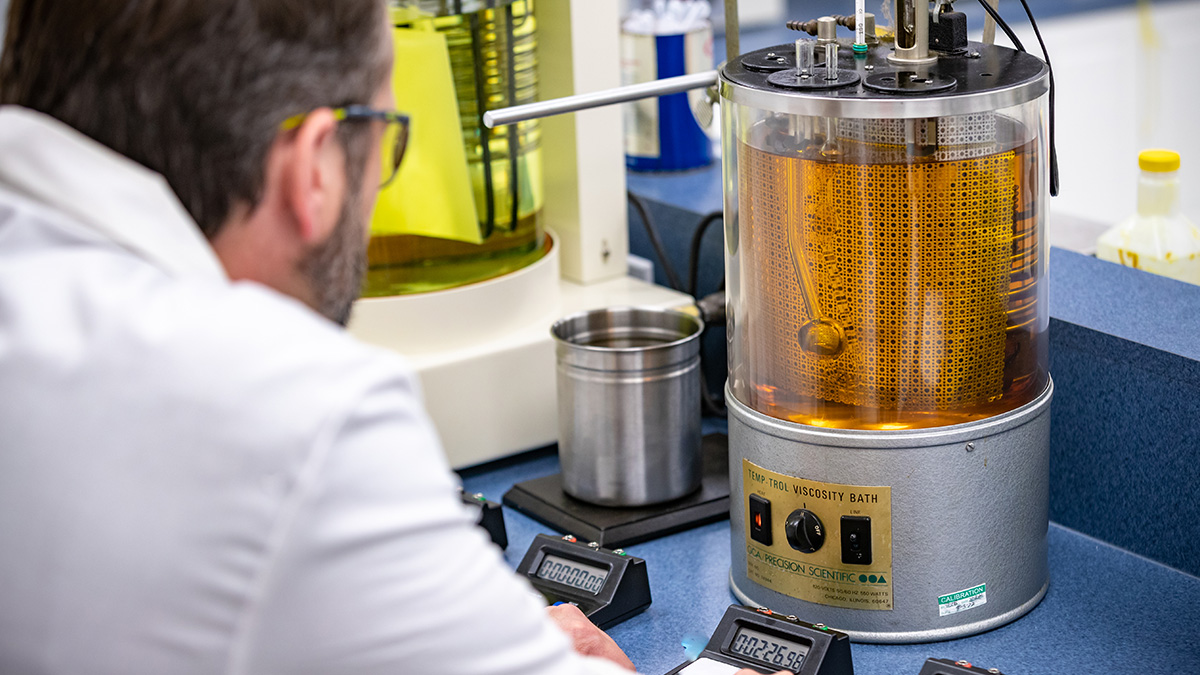

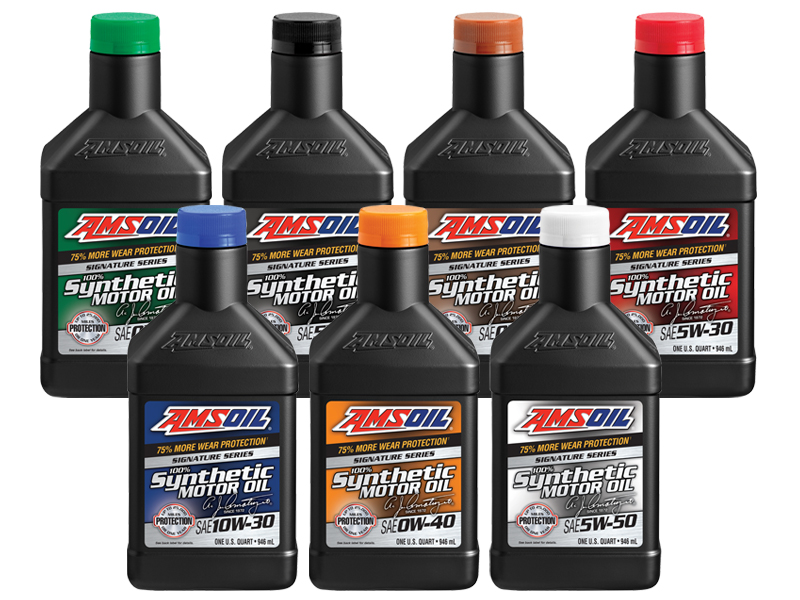
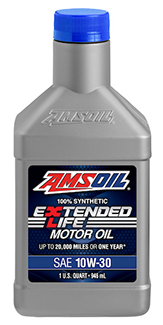
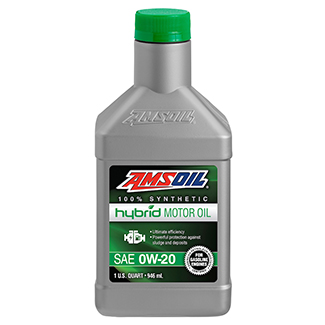

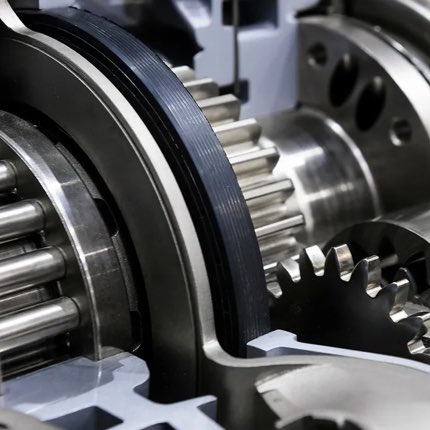
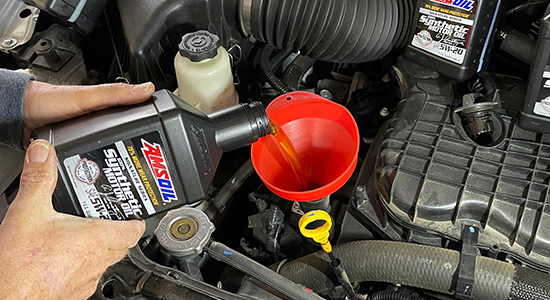



Comments
Brad Nelson is a staff writer for AMSOIL. Outside of work he enjoys family adventures, wilderness exploration and riding/wrenching on vintage metric motorcycles.
Share: